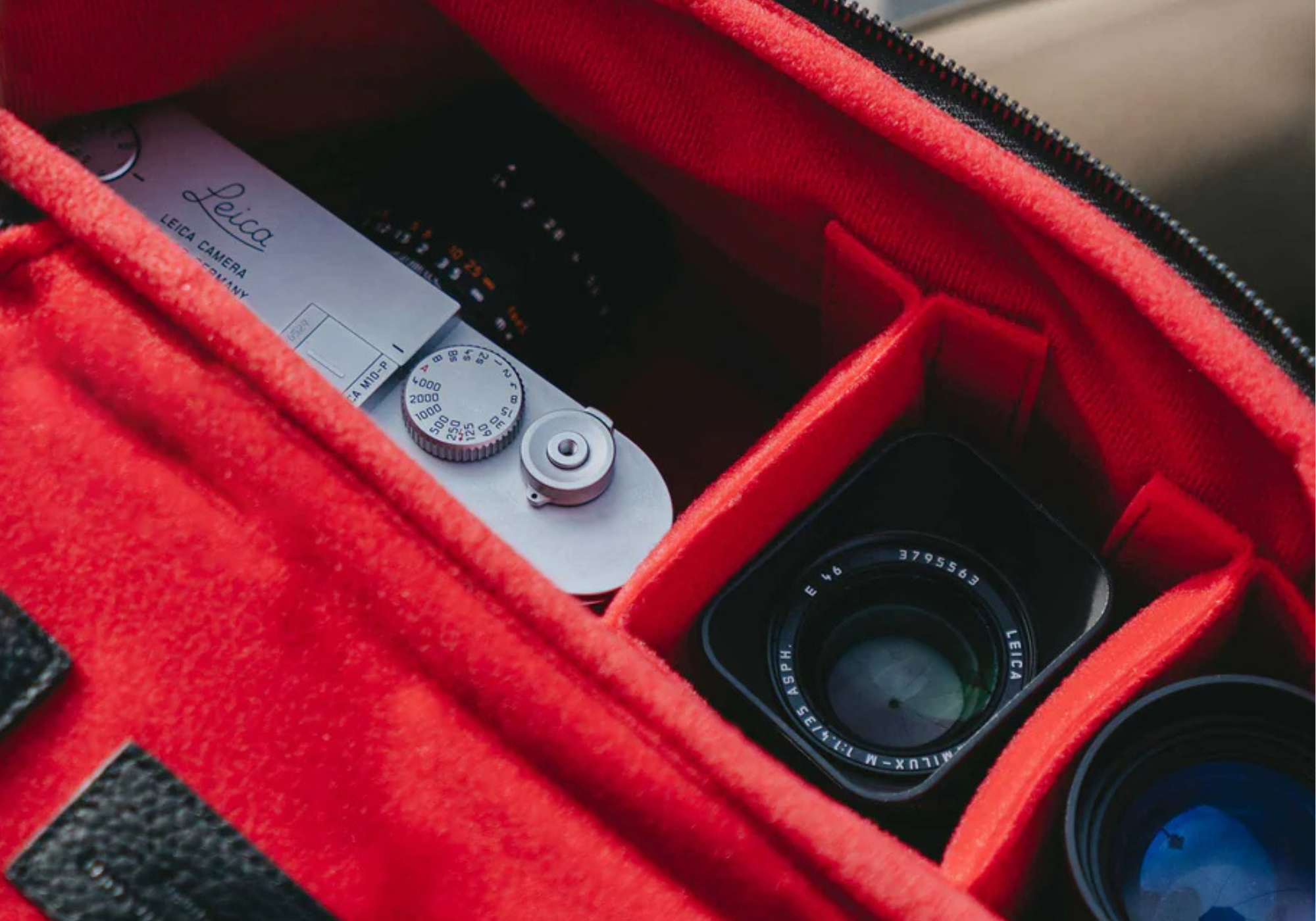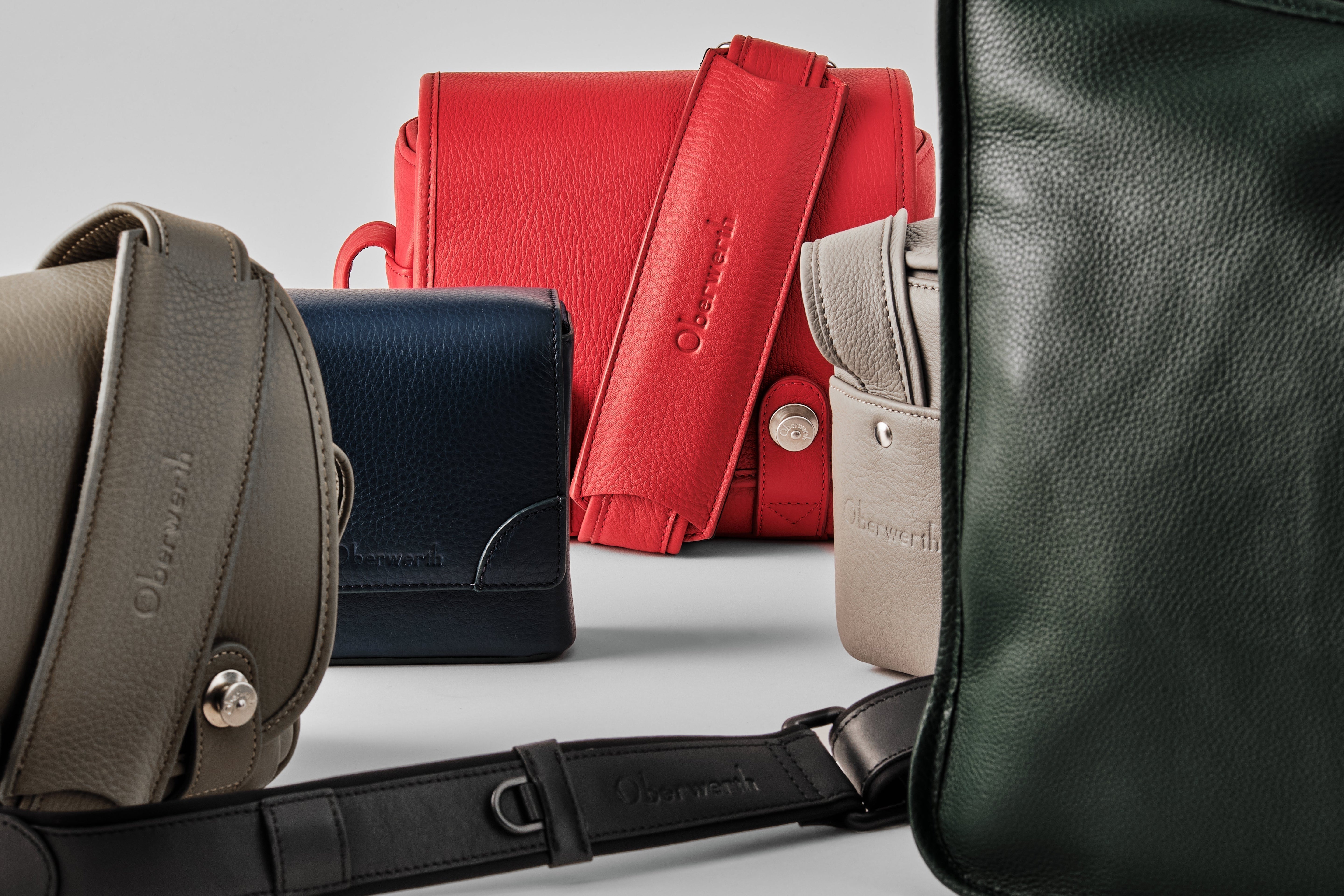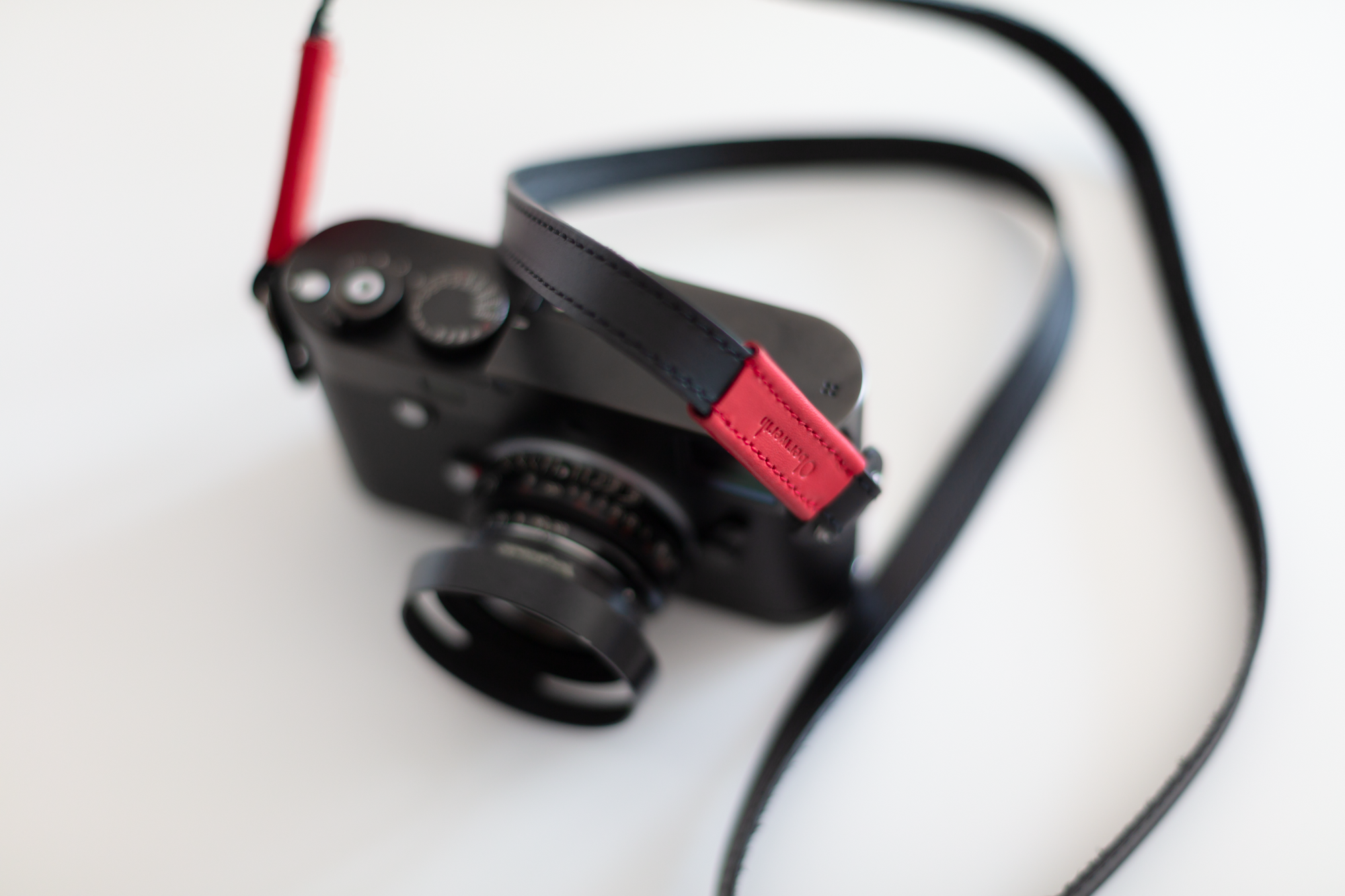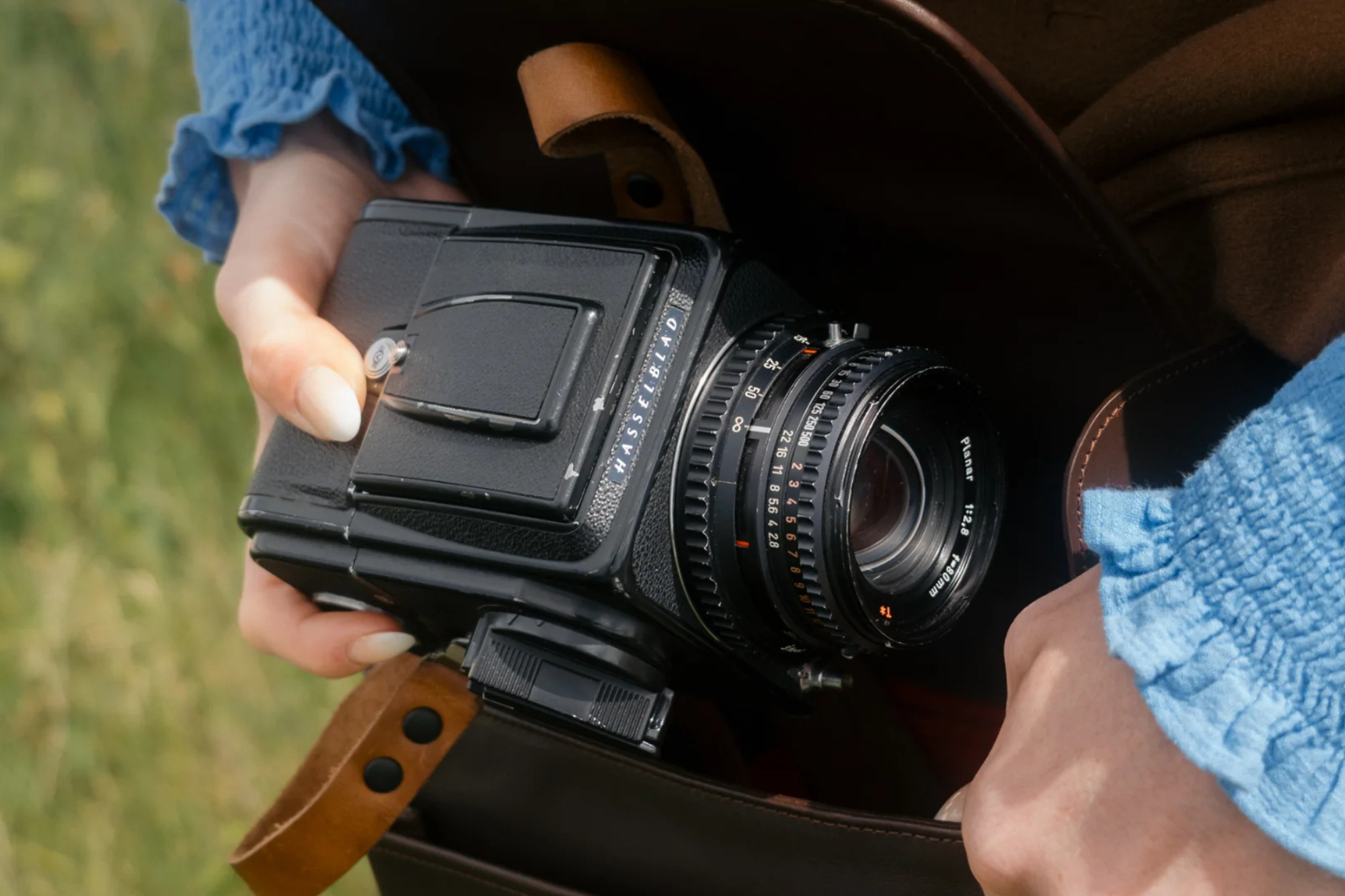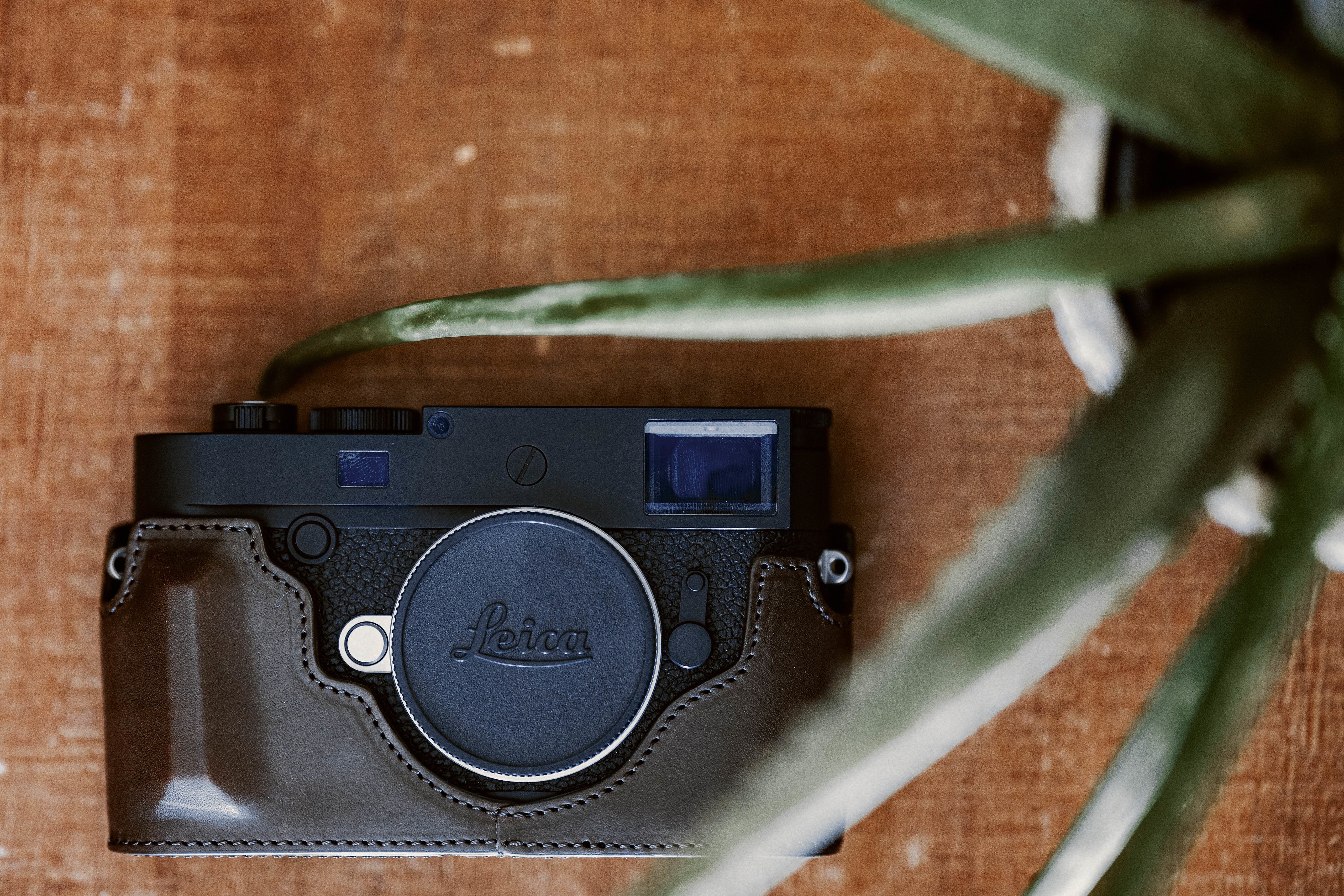
The psychology of color in photography: using Leica color science
The effect a photo has on its viewers depends largely on the selection and presentation of colors. If you want to create moods, trigger emotions or convey messages, pay attention to the rules of color psychology. Leica looks are available to help you do this. These are presets for specific, consistent and Leica-typical color renditions.
What is Leica color science?
The color science of a camera brand describes the special way in which it reproduces the colors in photos. In the case of digital cameras, this is a kind of internal lookup table (LUT) that defines how the sensor data is converted into image data. This can affect saturation, contrast or skin tones. This creates a characteristic style that experienced photographers recognize and fans of the respective brand appreciate. Leica also offers this unique selling point.
With some Leica cameras and the Leica LUX app designed for the iPhone, you can use the Leica looks directly when taking pictures or for post-processing. This allows you to achieve characteristic aesthetics and moods. The Core Looks such as "Natural", "Vivid" or "Monochrome" are pre-installed. There are also Essential Looks, some of which are presented in more detail in this article. Examples of these are Leica Classic for the analog cinema look, Leica Sepia in the typical yellow and brown tones and Leica Blue with stylish blue tone effects. Artist looks that imitate the style of famous photographers are also available.
Those who use colors so consciously should also pay attention to style and clarity in their equipment. A compact leather case with a classic design protects your Leica and supports your creative work on the go - elegant, minimalist and as precisely manufactured as your camera itself.

The basics of color psychology
Whether artistically motivated or for advertising purposes, the conscious choice of color in photography specifically appeals to emotions. How color tones influence our emotions is anchored in the life experience of every human being. Bear in mind that there are cultural differences when it comes to color perception and symbolism. Likewise, associations between colors and emotions vary from person to person, as everyone carries different memories.
In principle, you can assume the following laws of color psychology: Red attracts attention and is associated with love and energy, but also danger or aggression. Blue reduces stress and stands for calm, loyalty or coldness. Green is the color of nature. It symbolizes hope, life and harmony. Yellow has a cheerful, optimistic effect and symbolizes envy. Orange conveys warmth and friendliness, violet mysticism or exclusivity.
Pay attention to how different colors interact and what contrasts are created. Combinations of complementary colors such as red-green, yellow-violet or blue-orange have a strong and harmonious effect. Shades of less contrasting colors tend to convey calm and restraint.
A colorful picture can convey liveliness or restlessness. Black and white photos, on the other hand, draw attention to the essentials. The latter is also possible with silhouette photos, in which only the outline of the subject is recognizable. The background must not show any other motifs, but can be in color. This allows you to appeal to emotions through the combination of form and color symbolism.
Using color effects consciously in photography
It is not only the choice of dominant colors that determines the atmosphere of a photo, but also the color saturation. If it is high, the photo appears lively and powerful. In contrast, low saturation conveys a peaceful, relaxed or melancholy mood.
The color temperature also has an influence on the color effect in photography. In principle, a distinction is made between warm tones such as red, orange and yellow and the cool colors green, blue and violet. However, the lighting conditions during photography and the saturation also influence how a color tone appears. For example, a slightly saturated shade of red can be perceived as cool in bluish light.
The deliberate combination of cold and warm tones creates expressive contrasts. A subject with warm colors draws attention to itself in a photo that appears rather cool overall. If you emphasize areas of the image in this way, you will draw the viewer's attention.

Leica photography: playing with colors and emotions
As already mentioned, there are Leica looks as elements of Leica color science. Some examples of essential looks and their color psychological effects are presented below.
Leica Bleach is characterized by cool blue tones and reduced saturation. This conveys an atmosphere of calm and restraint, or feelings such as melancholy and loneliness. The style can also stand for emotional coolness and rationality. Typical for Leica Brass are warm tones, similar to those created when photographing in the golden hour. This conveys energy, optimism and a sense of security. It creates a stimulating effect, which is why this basic mood is also popular for advertising shots.
Leica Teal is characterized by blue-green nuances and is well suited for city and landscape shots. The look is reminiscent of well-known movies. It can convey an exciting, thoughtful or even mystical atmosphere. Muted colors are a characteristic of Leica Chrome. The photos appear restrained, almost like old slide films. The result is a classic, unagitated look that inspires confidence. The Leica Eternal setting results in high-contrast photos with strong saturation and a slight magenta tint. The result is a strong visual presence that is vibrant and modern.
For traveling or urban photo projects, a photo backpack like the Everest with a well-thought-out interior is ideal. It reliably protects your camera and offers space for your laptop and accessories - so you can realize your visions anytime and anywhere.

Conclusion: Creative use of color in photography with Leica
Leica color science describes a characteristic color reproduction in photos taken with cameras of this brand. The Leica looks are available to you for variations. Consider these as inspiration for creating special moods. You can trigger the desired emotions in viewers and convey messages if you make targeted use of the laws of color psychology.
Color psychology shows that emotion is created in the details - and this also applies to your equipment. A half case such as the Leica Q3 Half Case Tagcase® with compartment for an AirTag® not only protects your Leica, but also adds functional safety and style. The® tag case is also available for other Leica camera models.








